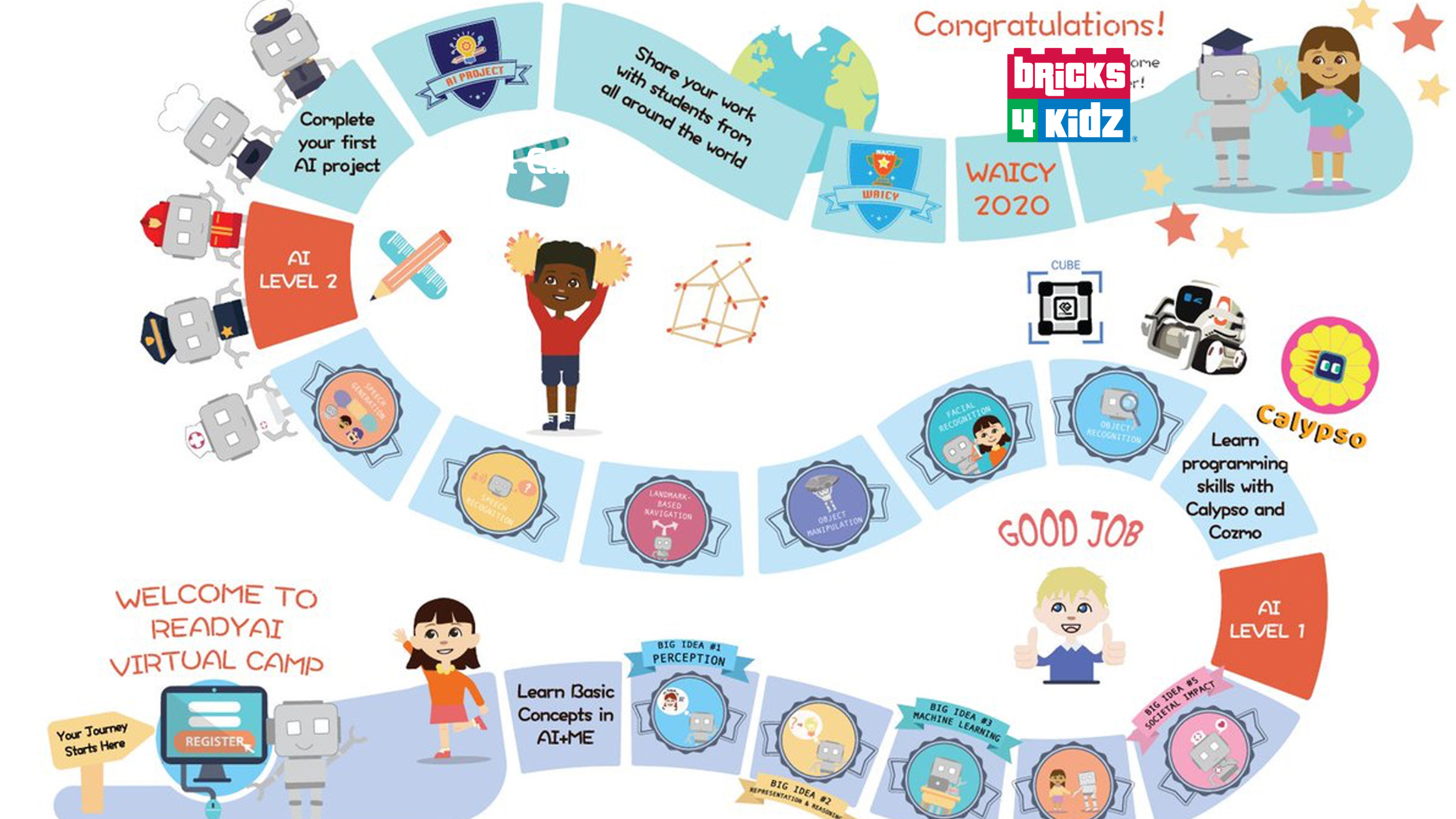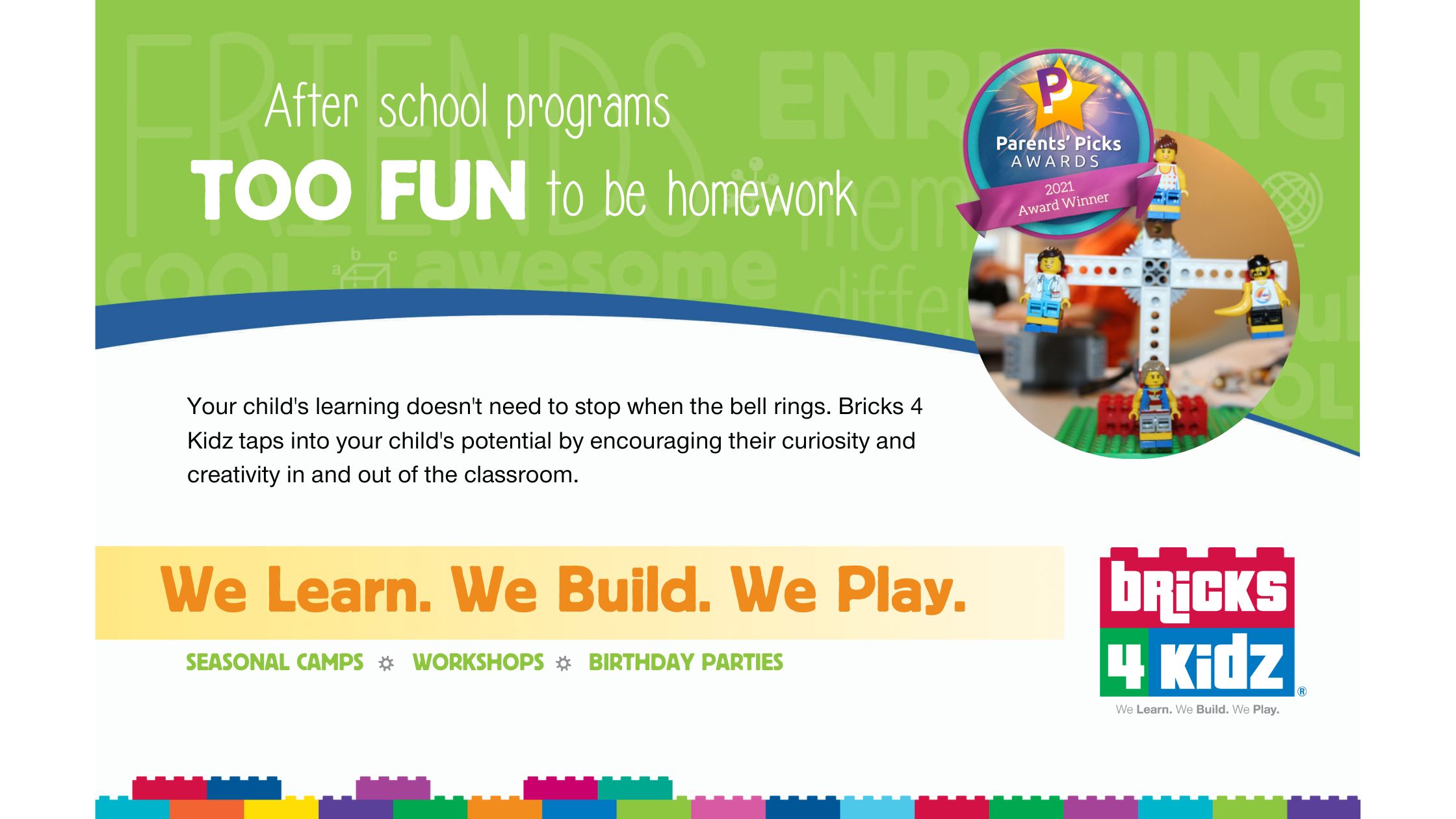In a rapidly changing world marked by technological advancements and complex global challenges, there is a growing need to equip our children with the skills and knowledge required to navigate the future successfully. One way to achieve this is through STEAM education, which integrates science, technology, engineering, arts, and mathematics to foster critical thinking, creativity, and problem-solving skills. This article delves into the benefits of STEAM education, its real-world applications, and its potential to shape a more sustainable and innovative tomorrow.
II. What is STEAM Education?
A. Definition and Origins
STEAM education is an interdisciplinary approach to teaching and learning that combines science, technology, engineering, arts, and mathematics. This educational framework, which emerged as an extension of STEM (science, technology, engineering, and mathematics) education, aims to develop well-rounded, creative, and innovative individuals equipped to address the complex challenges of the 21st century.
B. The Importance of the “A” in STEAM
The addition of the arts to STEM education is vital, as it encourages creativity, imagination, and innovative thinking. The arts help students make connections between seemingly unrelated subjects, fostering a deeper understanding of the material and promoting a more holistic approach to problem-solving.
III. The Benefits of STEAM Education

A. Developing 21st Century Skills
Critical Thinking: STEAM education encourages students to analyze information, evaluate evidence, and draw logical conclusions. These critical thinking skills are essential in a world where information is abundant and constantly evolving.
Creativity: By incorporating the arts, STEAM education promotes creative thinking and the ability to generate innovative ideas and solutions.
Collaboration: STEAM projects often involve teamwork, helping students learn to collaborate effectively, communicate their ideas, and appreciate diverse perspectives.
Communication: Effective communication skills are essential in any field. STEAM education helps students express their thoughts clearly and persuasively, both verbally and in writing.
Problem Solving: STEAM education emphasizes the importance of identifying problems, breaking them down into manageable components, and developing logical solutions.
B. Real-World Applications
STEAM education teaches students to apply their knowledge and skills to real-world situations, preparing them for future careers and fostering an understanding of the interconnectedness of various fields.
Environmental Sustainability: By exploring the scientific, technological, and social aspects of environmental issues, students develop a better understanding of the challenges our planet faces and the potential solutions.
Technological Advancements: Students learn about the latest technological developments and their potential applications, preparing them for careers in fields such as artificial intelligence, robotics, and renewable energy.
Social and Economic Innovation: STEAM education encourages students to think critically and creatively about pressing social and economic challenges, fostering a generation of innovators and change-makers.
- Improved Academic Performance
Higher Test Scores and Grades: Studies have shown that students who engage in STEAM education perform better academically, achieving higher test scores and grades.
Better Retention of Knowledge: STEAM education promotes deeper understanding and long-term retention of information by engaging students in hands-on, experiential learning.
Increased Engagement and Motivation: STEAM education captures students’ interest and sparks their curiosity, making learning more enjoyable and increasing their motivation to succeed.
IV. Real-Life Examples of STEAM Education
A. The Growing Field of Green Technology
Green technology, which seeks to create sustainable solutions to environmental challenges, exemplifies the interdisciplinary nature of STEAM education. Students engaged in green technology projects learn about the science of climate change, develop technological solutions such as renewable energy sources, and apply engineering principles to create efficient and sustainable systems
B. Medical Advancements and Biotechnology
STEAM education plays a crucial role in preparing students for careers in medical advancements and biotechnology. These fields require a deep understanding of biology, chemistry, and physics, combined with the technological and engineering skills needed to design innovative solutions to health challenges. Students might explore topics such as genetic engineering, drug development, and personalized medicine.
C. Art and Design in the Digital Age
The digital age has revolutionized the way we create and consume art and design. STEAM education prepares students for careers in this exciting field by teaching them the principles of design, the application of technology to create new forms of artistic expression, and the importance of using creativity to solve complex problems.
V. Implementing STEAM Education in Schools and After-School Programs
A. Integrating STEAM into the Curriculum
Educators can incorporate STEAM education into the curriculum by designing interdisciplinary projects and lessons that engage students in the exploration of real-world problems. This can be achieved by encouraging collaboration between teachers from different subject areas, fostering a more holistic approach to teaching and learning.
B. After-School STEAM Programs
After-school STEAM programs, such as Bricks4Kidz, provide students with additional opportunities to engage in hands-on, project-based learning outside of the classroom. These programs offer a variety of activities, such as coding, robotics, engineering challenges, and art projects, designed to enhance students’ STEAM skills and ignite their passion for learning.
VI. The Future of STEAM Education
As the world continues to evolve and face new challenges, the importance of STEAM education will only increase. By equipping students with the skills and knowledge needed to navigate the complexities of the 21st century, STEAM education has the potential to cultivate a generation of innovators, problem-solvers, and leaders capable of shaping a more sustainable and prosperous tomorrow.

VII. Conclusion
Unleashing the power of STEAM education is essential in cultivating 21st-century minds for a sustainable future. By integrating science, technology, engineering, arts, and mathematics, STEAM education fosters critical thinking, creativity, and problem-solving skills, equipping students to address the complex challenges of our rapidly changing world. With its real-world applications, improved academic performance, and potential to shape a more sustainable and innovative tomorrow, STEAM education is an invaluable tool in preparing our children for the future.
Are you ready to help your child unlock their full potential?
Enroll them in a Bricks4Kidz STEAM after-school program today! Our expertly designed programs offer a unique combination of hands-on learning, creativity, and fun, ensuring your child will develop valuable skills and make lasting memories.
Don’t miss this opportunity to give your child the support they need to thrive. Visit Bricks4Kidz website or contact us to learn more about our programs and secure your child’s spot.
Together, let’s build a brighter future for our children!